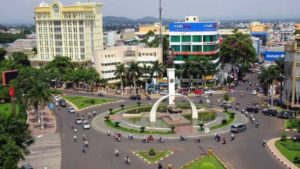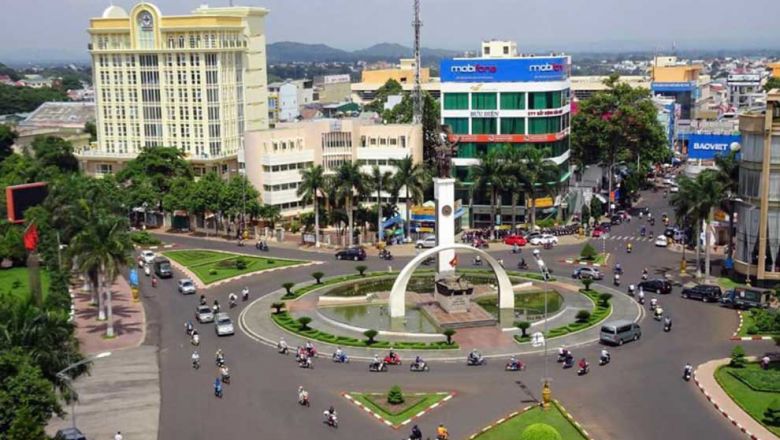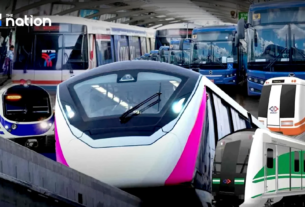
Vietnam Central Highlands’ Dak Lak province aims to become investment magnet
Vietnam’s Dak Lak province seeks to improve its business and investment climate to become an attractive investment destination, its Department of Planning and Investment said.
Dak Lak is located in the country’s Central Highlands region and borders Mondulkiri province’s northern Koh Nhek district in Cambodia. It boasts a range of cultures belonging to more than 40 ethnic minorities.
The department’s director Dinh Xuan Ha said Dak Lak will continue to move up in the annual Provincial Competitiveness Index (PCI) rankings since it has assigned top priority to administrative reform.
It aims to diversify its investment promotion efforts, including by holding regular meetings and interactions with large domestic and international companies to apprise them about its potential and investment climate, he said.
Top priority is also being given to ensuring public order and creating conditions to ensure businesses feel secure about investing, he said.
The province will work with the Ministry of Foreign Affairs and other agencies to obtain up-to-date information on its partners, he said.
It would prioritise investment in high-tech agriculture and food processing industry, especially for exports, and industrial-scale livestock breeding, he added.
In June, the province licensed the first phase of the 360 billion dong ($15.5 million) DHN high-tech livestock complex in Ea M’Droh commune, Cu M’gar district.
Vu Manh Hung, chairman of Hung Nhon Group, its owner, said by the end of next year the complex is expected to supply high-quality pork that meets international standards to the domestic market.
He said: “Dak Lak has favourable conditions to develop high-tech livestock farming.”
Hung Nhon Group has tied up with the De Heus Group of the Netherlands to build a hi-tech agricultural complex, expected to cost 1.5 trillion dong, in the province by 2025.
The department said the sectors most appealing to investors are wind and solar power, urban development, eco-tourism, resorts and agricultural production.
Six large renewable energy plants have been completed and commissioned.
They include five solar farms with a total capacity of 190MW and costing 4.886 trillion dong, and a wind power plant with a capacity of 28.8MW built at a cost of 1.8 trillion dong.
Five other solar plants with a total capacity of 600MW are under construction. To cost 15.402 trillion dong, they are expected to begin commercial generation by the end of this year.
Recently the province has sought the government’s approval for a 7.7 trillion dong wind power project in Cu M’gar district to be built by the AMI AC Renewables Dak Lak Co Ltd.
Ha said the province has achieved average annual economic growth of more than eight per cent since 2015.
The province has gradually shifted from agriculture, forestry and fishery to industry and construction, he said.
The PCI shows it improved many indicators last year, especially the index of business support services, to rank a creditable sixth out of the country’s 63 provinces and cities.
The province has an airport and a fairly well-developed road network, with many important national highways passing through it.
With nearly 540,000ha of agricultural lands, it grows a number of high-value commercial crops such as coffee, rubber and pepper.
Dak Lak has an abundant workforce of more than 900,000, including 400,000 well-trained workers.
Source: https://www.phnompenhpost.com/business/vietnam-central-highlands-dak-lak-aims-become-investment-magnet


